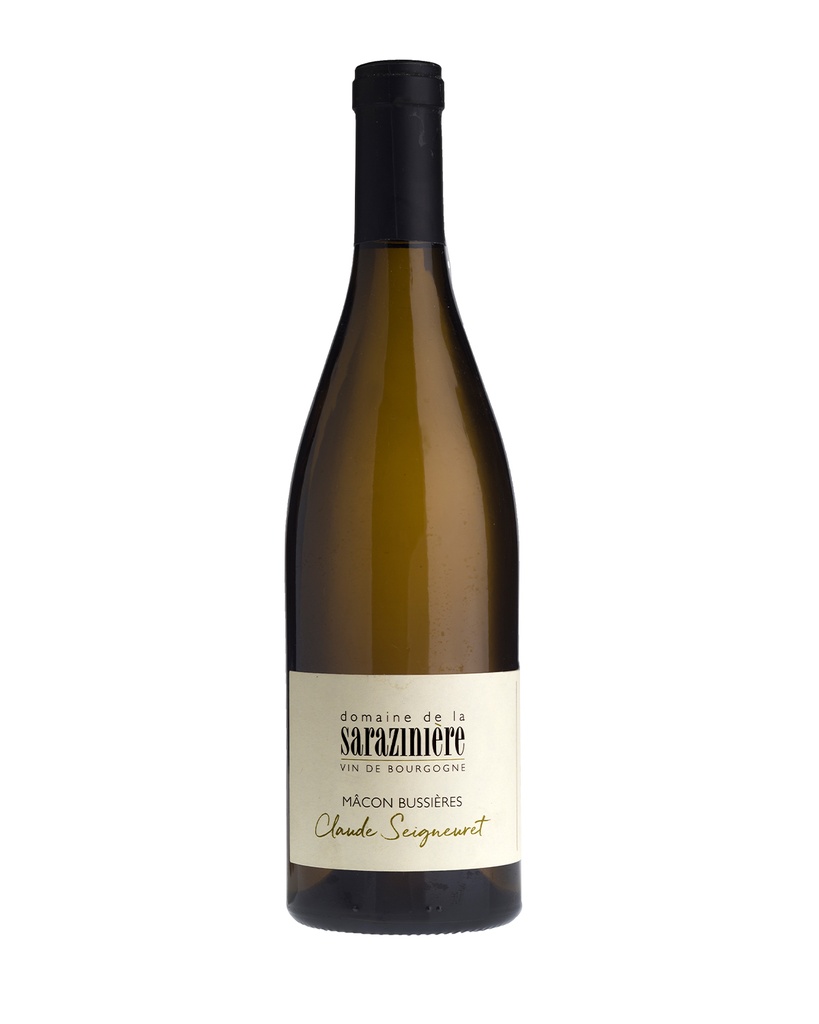Winery

The 10 ha farm created by Claude Seigneuret in the 1920s is located in the villages of Bussières and Serrières. The vineyard, careful and rigorous work while respecting terroirs. The purest wine; no gluing, no yeasting, simple and sweet plot vinifications. As a continuation of our work philosophy we have been converting Organic Agriculture for 2 years.
All our white wines are produced with indigenous yeasts and bacteria, with sometimes long fermentations. Malolactic fermentations are systematic except in exceptional cases (heat wave, absence of malic acid). The general research in white wines focuses on drinkability and fruit without losing wealth and complexity on the palate.
The estate's red wines are all produced from gamay on different soils and exposures. The work on yeasts is the same as for whites, with one notable difference: the whole maceration and extraction phase and until the end of malo-lactic fermentation is carried out without suffering. The goal is twofold: to reach very low totals since sulphiting occurs after malolactic and rapid microbial stabilization since fermentations follow each other without dead time. Research on red wines focuses on digestibility, moderating extraction, correct acidity and low sulfur totals.
This is a serious white wine from Burgundy (France) that is a blend of four separate parcels of Chardonnay that were planted in 1926 by Claude Seigneuret. This old vine fruit has a complex nose of flowers, white, and citrus fruits. Light on the palate with some bitterness and an elegant finish. Claude Seigneuret by Domaine de la Sarazinière can be enjoyed on its own or paired with poultry, mushroom-based dishes, cheeses, and noodles with prawns. Available for deliveries within Metro Manila.
Grape Variety / Blend: chardonnay
Winery / Estate: Domaine de la Sarazinière
Specifications
| Basic | |
|---|---|
| Vintage | 2015 or 2019 or 2022 |
| Product-Type | Wine |
| Type | white |
| Price Point | 1,501 to 2,000 |
| Style | Rich & Ripe |
| Blend/Grape Variety | chardonnay |
| Volume | 750 ml |
| Alcohol | 13.90% |
| Terroir | |
|---|---|
| Country | France |
| Region | Burgundy |
| Estate | Domaine de la Sarazinière |
| Appellation | Mâcon-Bussières AOP |
| Fermentation | Industrial |
| Wine-Making Process | Conventional |

To install this Web App in your iPhone/iPad press
![]() and then Add to Home Screen.
and then Add to Home Screen.

